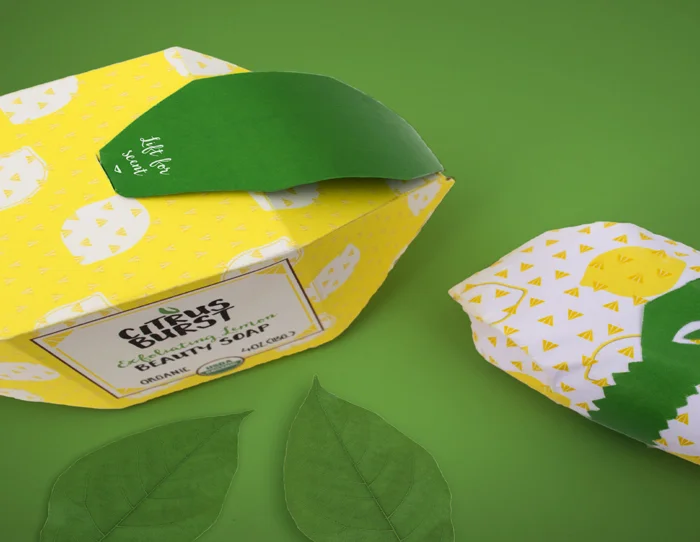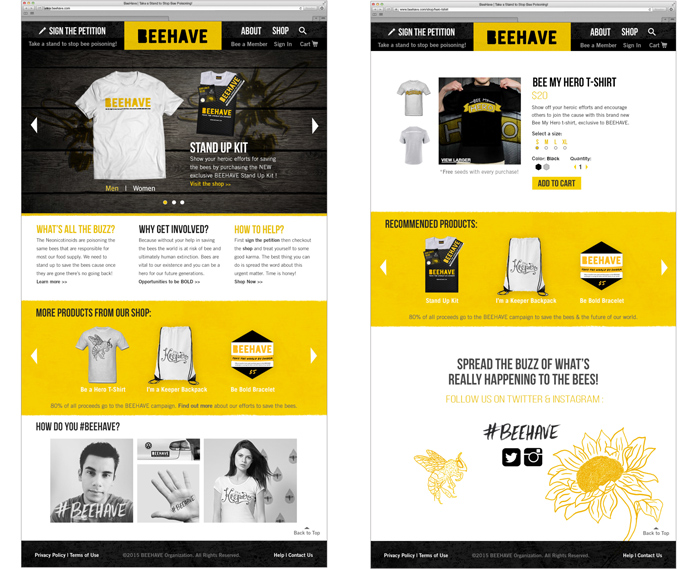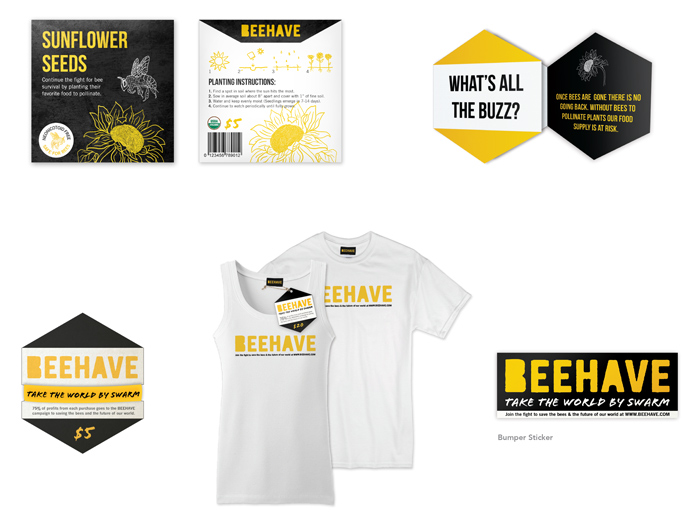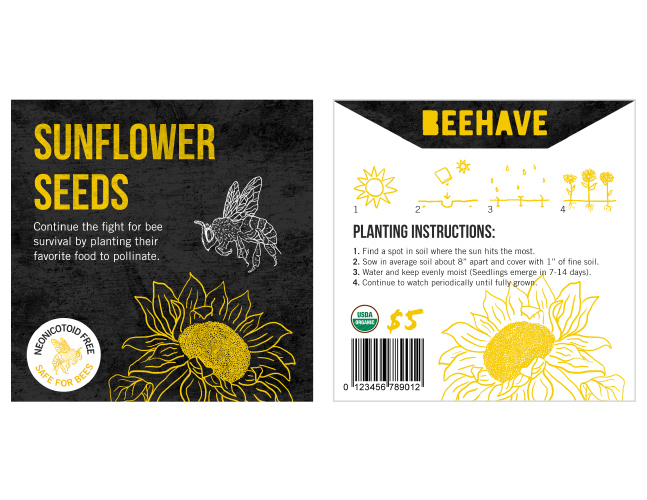Objective: Baseline test current AlwaysOn app to gain an understanding of the users needs for redesign concepts.
Process: Using Design Thinking methodology, I followed the process of Empathize, Define, Ideate, Prototype, Test.
Empathize: In this stage, my goal was to gain a deep understanding of those using the app to help define the problem. To do this, I created test scripts and lead 30 minute moderated and unmoderated baseline testing sessions with over 20 participants using the UserTesting platform.
The unmoderated tests allowed for quicker turnaround and provided more quantitative data while the moderated tests allowed us to dive deep and gain real qualitative insights from users. Video was required for all participants so my team could observe the facial expressions that went along with each participant’s verbal statements. We wanted to know how users really felt when using the AlwaysOn app.
To improve user testing processes within the UX team, I also introduced and implemented the Lean UX Rainbow Spreadsheet, affinity mapping, and the feedback diagram. This helped drive collaboration and provided an effective way to gather insights for feedback and metric reporting.
Define: Through analyzing the feedback, we learned the core problems were users didn’t feel the content was personalized enough for them and they wanted more guidance through the onboarding process. They weren’t sure what the next right thing to do was and felt the app looked generic and unorganized.
Here’s what the real users were saying:
“I would say it's kind of boring, the interface is kinda drab. It could use some organization [on the homepage].”
– 58, Female
“I wish the thumbnails were a little more personalized to what I want to see. It gives me somewhat of an advertisement or a popup type feeling.”
– 24, Male
“Sometimes the initial page for applications like this explains something small about what the app is rather than just saying the name of it on this page.”
– 32, Female
Ideate: After listening and understanding what the users needed, the problem statement was clear. How might we deliver a more personalized and guided wellness app experience to help members achieve and maintain better health?
To gather ideas, I led brainstorming sessions while encouraging everyone on my team to have an open mind. The goal of these sessions were to generate a wide range of possibilities regardless how wild they seemed. We used InVision sticky notes to collaborate and explore creative solutions.
Wireframe and Prototype: After analyzing ideas and documenting findings, I created concepts to test and validate. To help members resonate more with the content, I added a page where we ask the users what they were interested in so the content is catered to their selections.
Quite a few test participants wished there was more information before signing into the app. To solve for this, we added a splash screen with a tagline to help users understand the purpose of the app. We implemented push notifications to help users who want to receive updates on new content that’s relevant to their personalized health goals.
A personal welcome message was added so members sign-in and feel greeted by their name. We also worked to improve the user’s journey so they feel more guided and know what to do next. The bottom navigation was also updated to help users understand what each icon meant and where they would go upon clicking.
Test: Through testing we were able to validate which solutions were working best and which needed more work. One of the changes made after testing was the tagline was moved from the splash screen to the sign-in screen. This allowed more time for users to read the tagline while they were signing in. An interesting insight we gained from this was learning how much this improvement helped to build trust for users. The new sign-in and onboarding process was shown to be favored by 100% of users.
Real feedback from moderated tests:
“The design is nice and looks modern. I could immediately tell it’s a wellness app.” – 32, Male
“I have no complaints. I like the colors and how it welcomes me with my name as kind of a nice personal touch.” – 27, Female
“I really want to start using it and appreciate the mission of this app. I feel it could help me reach my goals and like that it asks what I actually want vs. just telling me what to do.” – 48, Female
These felt great to hear and were big wins in terms of results and knowing we made a difference!
View Clickable Prototype
View Prototype Demo Video
Thank you for time in reading this case study!

















































